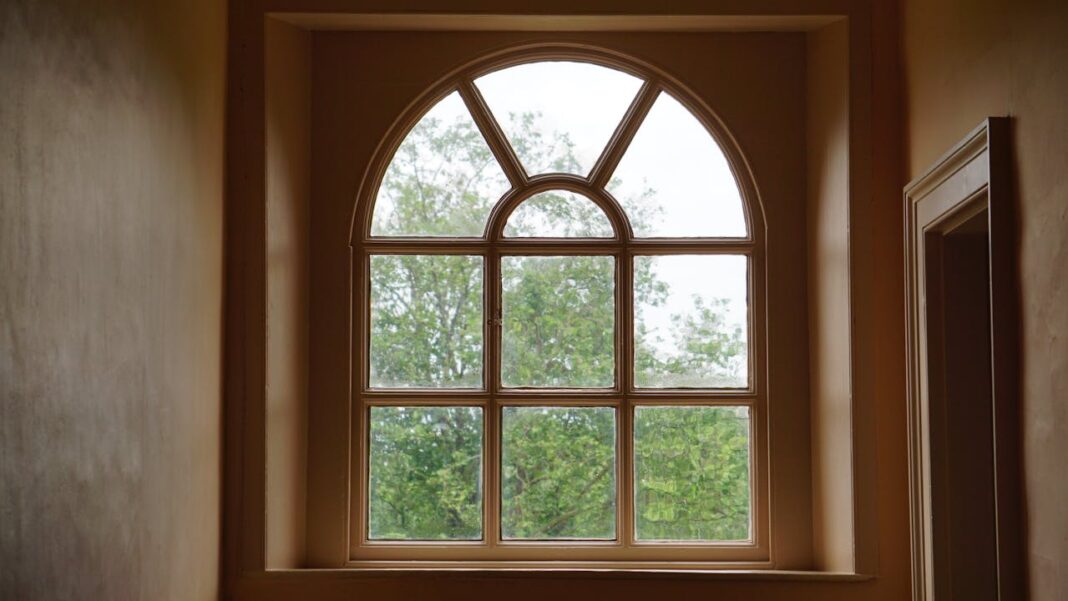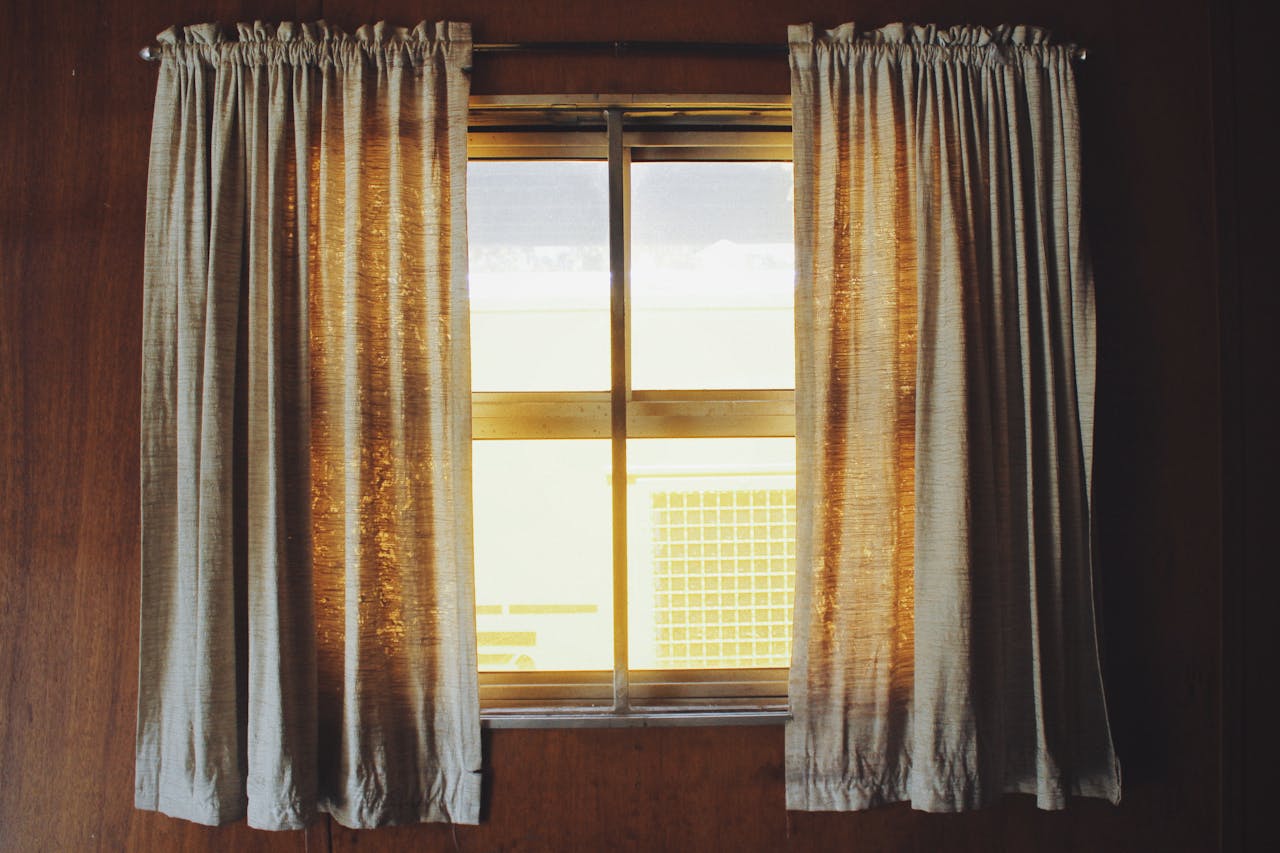Upgrading the windows in your home is one of the smartest renovations you can make. New windows significantly boost your home’s curb appeal and improve energy efficiency, noise insulation, and comfort. With so many options in the market, from frame materials to glazing types and operating styles, choosing the right windows can feel overwhelming. This guide walks you through all the key considerations to help you select the best windows for your needs, preferences, and budget. Whether you’re building a new house or replacing aging windows, this comprehensive overview will empower you to make an informed decision with long-term value.
Assessing Your Needs and Goals
Before browsing window styles and brands, take a step back to assess your primary reasons for replacing or installing windows. Are you looking to reduce energy bills, increase natural light, improve ventilation, or simply update the look of your home? Understanding your goals will help narrow your options. For example, energy efficiency may lead you toward double- or triple-glazed units, while maximizing light might encourage you to choose larger picture windows. Consider the direction your windows face, local climate conditions, and your home’s architectural style, all of which play a role in determining the best window choice for each room.
Hiring the Right Installer
Selecting the right contractor is crucial to ensure your new windows are installed correctly and perform well. Start by researching local professionals with good reputations and relevant experience. When interviewing potential installers, it’s helpful to prepare questions to ask your contractor, such as their licensing, insurance coverage, and previous project references. Don’t hesitate to inquire about their installation process, warranty offerings, and how they handle unexpected issues. Clear communication and trust are key, so choose someone who listens and provides detailed answers. Taking the time to vet contractors thoroughly can prevent costly mistakes and give you confidence that your investment will be well cared for.
Understanding Window Frame Materials
Window frames come in various materials, each with its pros and cons. Vinyl is a popular, low-maintenance, and affordable option that offers decent insulation. Wood provides excellent aesthetics and insulation but requires regular upkeep. Aluminum is durable and lightweight, but may not be the best insulator unless it includes a thermal break. Fiberglass is strong, energy-efficient, and low-maintenance, though it’s typically more expensive. Composite materials are gaining traction for their blend of strength, style, and insulation. Understanding the advantages of each frame type helps you prioritize durability, cost, appearance, and performance.
Choosing the Right Glass and Glazing
The glass itself is a major contributor to a window’s performance. Double-glazed windows are standard in most regions due to their balance between insulation and cost, while triple-glazing is preferred in colder climates for added energy efficiency. Low-E (low emissivity) coatings improve insulation by reflecting heat while letting in light. You might want to consider gas-filled panes, like argon or krypton, which reduce thermal transfer. If noise reduction is a concern, laminated or acoustic glass can help. UV-blocking coatings protect your interiors from fading. These glass options allow you to tailor your windows to your specific climate and lifestyle.
Exploring Window Styles and Functions
The way a window operates impacts its functionality and the appearance of your home. Common styles include double-hung windows, which open vertically and are great for ventilation; casement windows, which open outward on hinges and provide an unobstructed view; and sliding windows, which are perfect for wider openings. Awning windows are hinged at the top and ideal for rainy climates, while picture windows are fixed and serve to frame a view or bring in maximum light. Bay and bow windows extend outward and create more space inside. Your choice should align with the room’s function, ventilation needs, and ease of access.
Factoring in Energy Efficiency
Energy-efficient windows are an investment in comfort and lower utility bills. Look for windows with the ENERGY STAR® label or those rated by the National Fenestration Rating Council (NFRC), which provides data on U-factor (insulation) and Solar Heat Gain Coefficient (SHGC). In hot climates, a low SHGC is desirable to reduce cooling costs, while in colder climates, a higher SHGC can help retain indoor heat. Proper installation is crucial to avoid air leaks and lost efficiency. Pairing efficient frames with quality glass enhances thermal performance and contributes to year-round comfort.
Matching Windows to Your Home’s Style
Windows are a key architectural element, and choosing styles that complement your home’s design is important for visual harmony. Traditional homes often pair well with double-hung or bay windows, while modern homes tend to feature clean-lined casement or fixed windows. Consider symmetry, proportions, grid patterns, and trim options. For example, colonial homes may benefit from multi-pane designs, while contemporary houses look sleek with large, unobstructed glass panels. Mixing styles is possible but should be done thoughtfully. Matching your windows to your home’s character ensures a cohesive and aesthetically pleasing outcome that can boost resale value.
Considering Maintenance and Longevity
Different materials and finishes demand varying levels of care. Wood windows, while beautiful, require painting or sealing every few years to protect against moisture and rot. Vinyl and fiberglass are largely maintenance-free and resistant to warping and fading. Look for tilt-in designs if you want easier cleaning from the inside. Check the durability of hardware like locks and hinges, which can impact function and lifespan. Some windows come with built-in blinds between the panes, which reduce dust and cleaning needs. Think about your long-term willingness to maintain the windows when making your final decision.
Budgeting and Comparing Costs
Window replacement or installation can be a significant financial investment. Your budget will influence decisions around materials, glass, and features. While vinyl windows tend to be the most budget-friendly, premium options like wood or fiberglass may offer greater long-term value and aesthetics. Costs vary based on size, customization, energy efficiency, and installation complexity. Be sure to obtain multiple quotes and ask about warranties. Factor in potential energy savings and resale value when evaluating price, not just the upfront cost. It’s often worth spending a bit more on high-quality, professionally installed windows that will last for decades.
Choosing new windows for your home involves balancing aesthetics, performance, and practicality. From selecting the right materials and glass to aligning with your architectural style and hiring trusted installers, every step matters. Thoughtfully chosen and professionally installed windows enhance the look of your home and improve comfort, efficiency, and long-term value. With this guide, you’re well-equipped to make informed decisions that will serve your home well for years to come.






